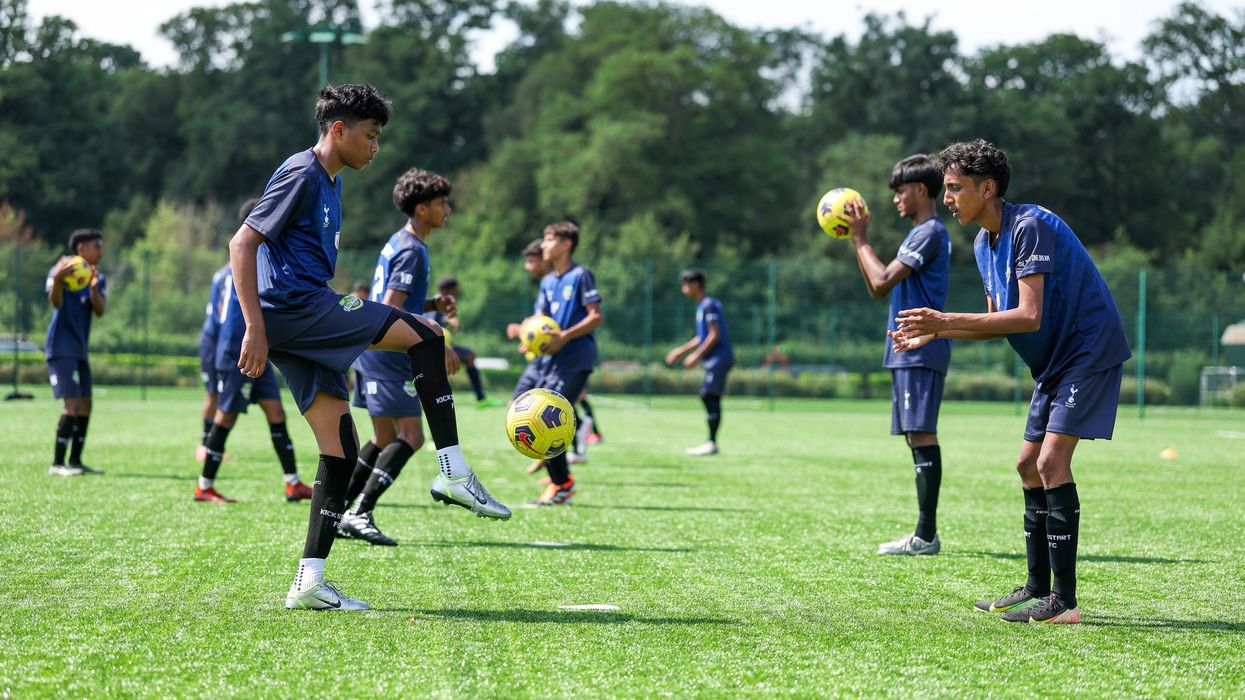A new study from Sweden has discovered that both traditional and exposure-based forms of Cognitive Behaviour Therapy (CBT) significantly alleviate symptoms of fibromyalgia, a chronic pain condition characterised by fatigue, impaired sleep, and cognitive disturbances.
CBT is a psychological treatment focussing on altering thoughts, attitudes beliefs, and behaviour linked with them, to help patients develop coping strategies to solve their problems.
In the context of fibromyalgia, traditional CBT involves presenting patients with several strategies for managing negative thoughts and improving sleep, including relaxation, activity planning and physical exercise.
Exposure-based CBT, however, 'exposes' the patient repeatedly and systematically to situations and activities they have previously avoided because these experiences are linked to pain, psychological discomfort, or symptoms such as fatigue and cognitive problems.
Researchers, including those at Karolinska Institutet, found that both these forms of CBT were effective in reducing the overall fibromyalgia severity - the combination of pain, physical and emotional functioning.
They also said that they found no profound differences between the relatively newer exposure-based CBT and traditional CBT in the treatment of fibromyalgia.
Their findings are published in the journal PAIN.
"This result was surprising because our hypothesis, based on previous research, was that the new exposure-based form would be more effective," said study author Maria Hedman-Lagerlöf, licensed psychologist and researcher at the Department of Clinical Neuroscience, Karolinska Institutet.
For the study, the researchers included 274 people having fibromyalgia and were randomly assigned to be treated with traditional or exposure-based CBT - 137 in one group and 137 in the other.
The team said that the treatments were delivered entirely online, with all participants having regular contact with their therapists.
The individuals answered questions about their mood and symptoms before, during, and after treatment.
After the 10-week treatment, 59 per cent of those receiving traditional CBT and 60 per cent of those receiving exposure-based CBT reported that the psychotherapy had helped them, the researchers said.
They said, however, that a higher reduction in fibromyalgia severity was seen in patients having a higher severity to begin with in both treatments.
"The fact that both treatments were associated with a significant reduction in the participants' symptoms and functional impairment, and that the effects were sustained for 12 months after completion of the treatment, indicates that the internet as a treatment format can be of great clinical benefit for people with fibromyalgia.
"This is good news because it enables more people to access treatment," said Hedman-Lagerlöf.
The outcome of this trial contributes to nuancing the discussion within psychological treatment research for chronic pain, the researchers said in their study.
The study is the second largest psychological treatment trial for fibromyalgia and one of the first to compare two active bona fide treatments, they wrote. (PTI)
















 Charithra Chandran styled her hair in soft curls for the Ralph Lauren outfitInstagram/
Charithra Chandran styled her hair in soft curls for the Ralph Lauren outfitInstagram/ Charithra’s look was inspired by her character Edwina Sharma from BridgertonInstagram/
Charithra’s look was inspired by her character Edwina Sharma from BridgertonInstagram/

